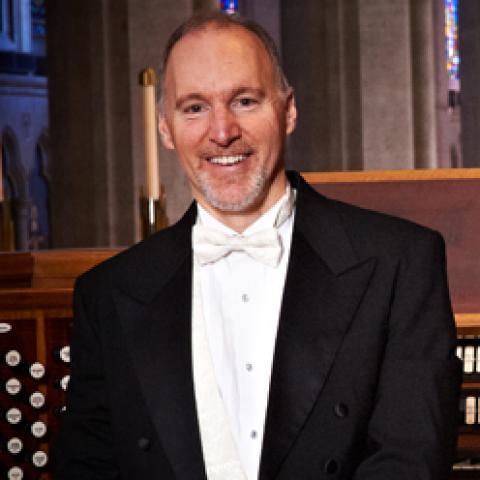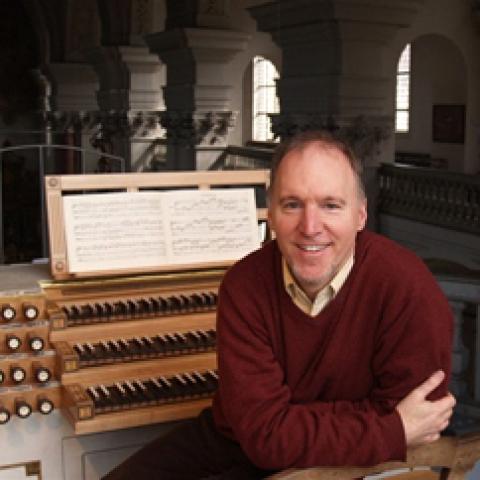
Jonathan Dimmock (www.JonathanDimmock.com) has been appointed principal organist of the Legion of Honor Museum of San Francisco. As such, he will play weekend concerts there once each month and manage the weekly organ concert series on the 1924 Skinner organ.
Dimmock is also organist/choir director at Congregation Sherith Israel (1904 Murray Harris organ) and organist for the San Francisco Symphony. He has recorded more than 40 CDs and can be heard on the Grammy Award-winning CD of Mahler’s Symphony No. 8 with the San Francisco Symphony. He tours widely on six continents, has founded four non-profit organizations (including American Bach Soloists), is writing a book about orchestral conductors who use music to bring the world together, and is the founding director of Resonance, an organization that uses music in international conflict resolution.
For information: www.jonathandimmock.com.




